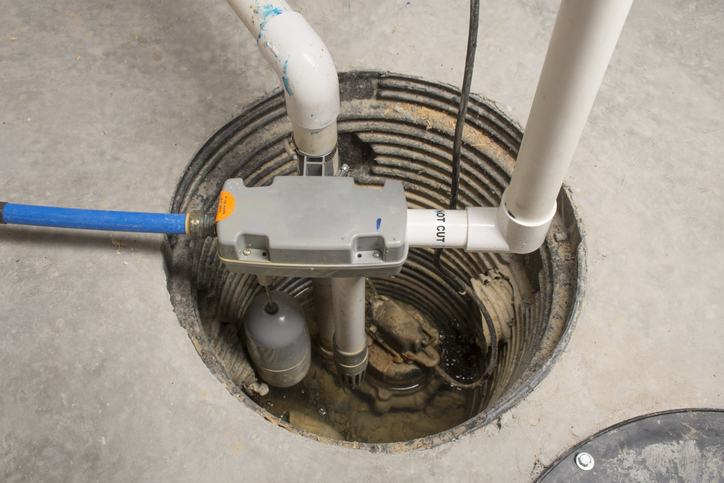Installing a sump pump is essential for protecting your basement from flooding and water damage. However, improper sump pump installation in Canton, MA, can lead to serious issues that compromise its effectiveness. Homeowners and even contractors often overlook key details that can fail when you need the pump most. Knowing what to avoid can help you save money and ensure your system works when it matters most.
1. Choosing the Wrong Pump Size:
One of the most frequent mistakes is selecting a sump pump that is either too powerful or not powerful enough for your home’s needs. An oversized pump may short cycle, causing premature wear, while an undersized pump may not handle heavy water flow during storms. It’s crucial to assess your home’s water table and drainage needs before purchasing. Consulting with a professional can help determine the right size, ensuring efficient operation and long-term reliability.
2. Improper Discharge Location:
Directing discharge water too close to your foundation can lead it right back into your sump pit, creating a never-ending cycle. The discharge line should be routed well away from your home—ideally at least 10 feet. Ensure the area around the discharge outlet is graded to carry water further away. Frozen or clogged lines can also back up water, causing overflow. A proper discharge setup is key to keeping your basement dry.
3. No Check Valve Installation:
A check valve eliminates water from flowing back into the pit after it’s been pumped out. Skipping this component means your pump will have to struggle more frequently. This not only wastes energy but can lead to faster pump failure. A check valve helps improve system efficiency and longevity. It’s a small part that makes a big difference.
4. Inadequate Pit Size or Depth:
Installing the sump pump in a pit that’s too small or shallow can cause short cycling, excessive noise, and premature motor wear. The pit should be deep and wide enough to accommodate the pump and allow enough water to collect before activating. Follow manufacturer guidelines to ensure the correct dimensions. A well-sized pit helps the system operate smoothly. Avoid cutting corners during pit preparation.
5. Ignoring Backup Power Options:
Power outages during storms are common, and that’s when you need your sump pump the most. Failing to install a battery backup or water-powered backup system can leave your basement vulnerable. A secondary system kicks in if the main pump fails or loses power. Investing in backup power adds an essential layer of protection. Don’t let a storm knock out your defense system.
Proper installation involves more than just plugging it in and turning it on. Avoiding common mistakes can ensure your home stays protected during heavy rain or flooding. Take time to understand the components, follow best practices, and plan for contingencies. A well-installed sump pump is peace of mind you can count on.
If you want to schedule a reliable sink repair in Canton, MA, call our experienced professionals at Green Energy Mechanical at 877-502-7727 today!


